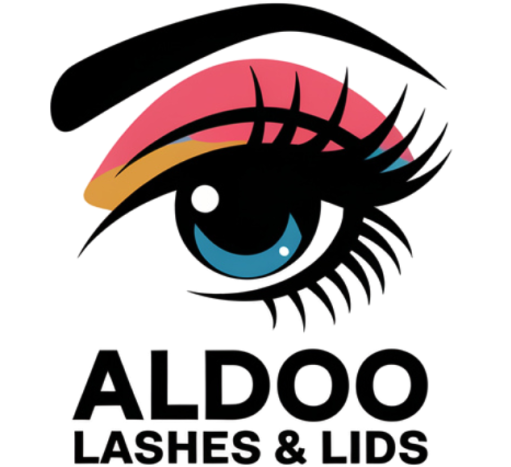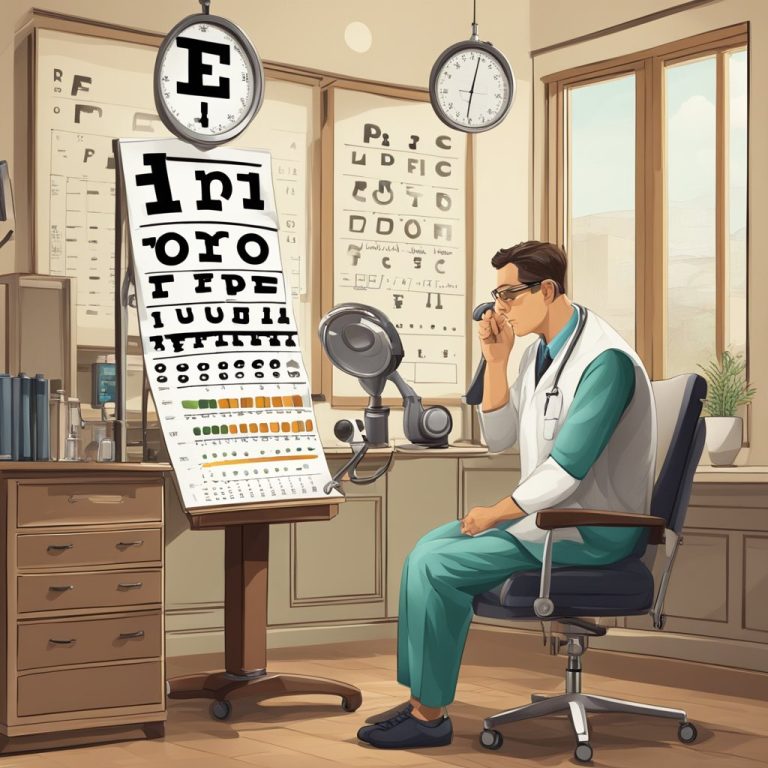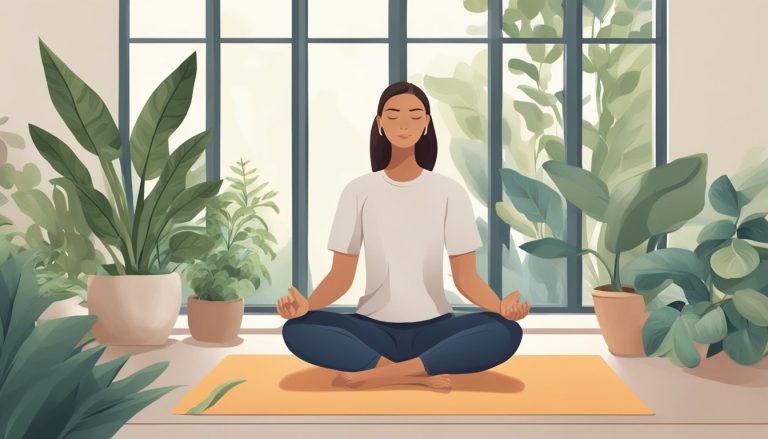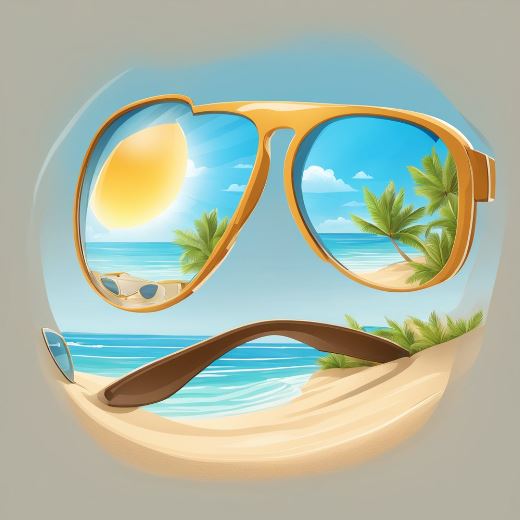Are Grow Lights Bad for Your Eyes?
Are Grow Lights Bad for Your Eyes? A Clear and Neutral Answer
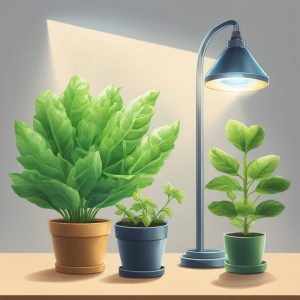
Grow Lights and Eye Health
If you’re an indoor gardener, you’re probably wondering whether grow lights are bad for your eyes. The answer is yes and no. While grow lights can be harmful to your eyes, there are ways to minimize the risks and protect your vision.
The main concern with grow lights is their blue light emission. Blue light is important for plant growth, but it can also cause eye damage when exposed for prolonged periods. According to Nutrient Green, “blue light is the most important for plant growth, but it is also the most harmful to the eyes.”
Another issue with grow lights is their intensity. Grow lights are designed to provide high-intensity light to plants, which can be too much for your eyes. The intensity of the light can cause eye strain, dry eyes, headaches, and sleep disturbances.
To protect your eyes from the harmful effects of grow lights, you can take the following measures:
- Adjust the distance between you and the grow lights: Always ensure the lights are at a safe distance from your face. Maintain an optimal distance between you and the LED lights during operation.
- Take regular breaks: Give your eyes some rest from the intense light. Regular breaks can significantly reduce eye strain and prevent possible harm.
- Wear protective eyewear: Protective eyewear can help block the harmful blue light emitted by grow lights and reduce the risk of eye damage.
Types of Grow Lights and Their Effects on Eyes
LED Grow Lights
LED grow lights are popular among indoor gardeners because they are energy-efficient and produce less heat compared to other types of grow lights. However, they emit a high amount of blue light, which can be harmful to your eyes if you are exposed to it for prolonged periods. According to Grow Light Central, “Blue light can penetrate deep into the eye and damage the retina, which is the part of the eye that detects light and sends signals to the brain.”
To minimize the risk of eye damage, it is recommended to wear protective glasses that block blue light or use grow lights that have a lower blue light spectrum. You can also adjust the distance between the LED grow lights and your plants to reduce the intensity of the light.
Fluorescent Grow Lights
Fluorescent grow lights are affordable and widely available, but they emit a high amount of UV radiation, which can cause eye damage if you are exposed to it for prolonged periods. According to Polystead, “UV radiation can cause damage to the cornea, lens, and retina of the eye, leading to cataracts, macular degeneration, and other eye problems.”
To protect your eyes from UV radiation, it is recommended to wear protective glasses that block UV light or use fluorescent grow lights that have a lower UV output.
High-Intensity Discharge Grow Lights
High-intensity discharge (HID) grow lights are powerful and efficient, but they emit a high amount of heat and UV radiation, which can cause eye damage if you are exposed to it for prolonged periods. According to Hello Gardeners, “HID lights emit a lot of heat and UV radiation, which can cause eye strain, dry eyes, headaches, and sleep disturbances.”
To minimize the risk of eye damage, it is recommended to wear protective glasses that block UV light and reduce the intensity of the light by adjusting the distance between the HID grow lights and your plants.
Potential Eye Hazards of Grow Lights
If you use grow lights for indoor gardening or plant cultivation, you may be concerned about the potential eye hazards associated with these lights. Although grow lights are generally safe when used correctly, there are some risks to be aware of. Here are some of the potential eye hazards of grow lights:
UV Radiation Exposure
Some types of grow lights, such as metal halide and high-pressure sodium lights, emit ultraviolet (UV) radiation, which can be harmful to your eyes. According to Grow Light Central, prolonged exposure to UV radiation can cause cataracts and other eye problems. To protect your eyes from UV radiation, you should wear protective eyewear or use grow lights that have a UV filter.
Blue Light and Retinal Damage
Another potential eye hazard of grow lights is blue light. Blue light is a type of high-energy visible (HEV) light that can cause damage to the retina over time. According to Nutrient Green, LED grow lights that emit a cooler spectrum are less likely to cause harm than those with high levels of blue and UV light. To reduce the risk of retinal damage, you should use grow lights that emit a balanced spectrum of light and avoid looking directly at the lights for extended periods of time.
Glare and Intensity Issues
Grow lights can also cause glare and intensity issues that can be harmful to your eyes. According to FloraFlex®, you should always ensure that the lights are at a safe distance from your face. Additionally, taking regular breaks can significantly reduce eye strain and prevent possible harm. If you experience eye discomfort or pain while using grow lights, you should take a break and consult with an eye doctor.
Safety Measures and Protective Practices
When working with grow lights, it is important to take necessary safety measures and follow protective practices to avoid any potential harm to your eyes. Here are some essential safety measures and protective practices to keep in mind:
Proper Usage of Grow Lights
Always follow the manufacturer’s instructions for the proper usage of grow lights. Ensure that the lights are at a safe distance from your face, maintaining an optimal distance between you and the LED lights during operation. Prolonged exposure to certain types of grow lights can cause damage to your eyes over time. Therefore, take regular breaks to give your eyes some rest from the intense light. Regular breaks can significantly reduce eye strain and prevent possible harm.
Personal Protective Equipment
Wearing protective eyewear, such as safety goggles or glasses with UV filters, is crucial when working with grow lights to protect the eyes from harmful radiation and reduce the risk of eye strain and fatigue. Exposure to the blue light spectrum emitted by grow lights can lead to disrupted circadian rhythms and poor sleep quality. Therefore, wear blue light blocking glasses to reduce the impact on your sleep cycle.
Regulatory Standards and Guidelines
It is important to follow the regulatory standards and guidelines set by the relevant authorities to ensure the safe usage of grow lights. The American Conference of Governmental Industrial Hygienists (ACGIH) has set a threshold limit value (TLV) of 100 lux for blue light exposure in the workplace. It is recommended to follow this guideline to minimize the risk of eye damage caused by blue light exposure.
Comparative Analysis of Grow Lights and Natural Sunlight
When it comes to growing plants indoors, many people wonder whether grow lights are bad for their eyes compared to natural sunlight. While both sources of light have their advantages and disadvantages, it’s important to understand the differences between them.
Intensity and Spectrum
Grow lights are designed to provide specific wavelengths of light that are optimal for plant growth. However, some types of grow lights can emit high levels of blue light, which can be harmful to your eyes over time. Natural sunlight, on the other hand, contains a broad spectrum of wavelengths, including blue light, but at a much lower intensity than some grow lights.
Duration and Distance
Another factor to consider is the duration and distance of exposure to the light source. Grow lights are often used for long periods of time, sometimes up to 16 hours a day, which can increase the risk of eye damage. Additionally, if the grow lights are placed too close to your eyes, the intensity of the light can cause eye strain and discomfort. Natural sunlight, on the other hand, is typically experienced for shorter periods of time and at a greater distance, reducing the risk of eye damage.
Eye Protection
To reduce the risk of eye damage from grow lights, it’s important to wear protective eyewear specifically designed for use with grow lights. These glasses can help block harmful wavelengths of light while still allowing beneficial wavelengths to pass through. When working with natural sunlight, it’s important to wear sunglasses or other protective eyewear to protect your eyes from harmful UV rays.
Frequently Asked Questions
What are the safest types of grow lights for human eyes?
The safest types of grow lights for human eyes are those that emit low levels of blue light and UV radiation. LED grow lights are generally considered safer than other types of grow lights because they emit less heat and radiation. However, it is still important to use grow lights responsibly and take precautions to protect your eyes.
How can I protect my eyes from the effects of grow lights?
There are several ways to protect your eyes from the effects of grow lights. First, make sure to position the grow lights at a safe distance from your face. Second, take regular breaks to give your eyes a rest from the intense light. Third, wear protective glasses designed specifically for use with grow lights. Finally, consider using grow lights that emit lower levels of blue light and UV radiation.
Is exposure to full spectrum grow lights harmful to human eyesight?
Exposure to full spectrum grow lights can be harmful to human eyesight if the intensity and duration of exposure are high. Full spectrum grow lights emit high levels of blue light and UV radiation, which can damage the cornea and retina. However, if used responsibly and with proper precautions, the risk of eye damage can be minimized.
Can the use of grow light glasses effectively safeguard my eyes?
Grow light glasses can effectively safeguard your eyes from the harmful effects of grow lights. These glasses are designed to block out the harmful blue light and UV radiation emitted by grow lights while still allowing you to see the plants clearly. However, it is important to choose glasses that are specifically designed for use with grow lights and to wear them consistently.
What are the potential risks of having a grow light in my living space?
The potential risks of having a grow light in your living space include eye damage from exposure to blue light and UV radiation, as well as skin damage from exposure to UV radiation. In addition, grow lights can generate heat and humidity, which can create an ideal environment for mold and other harmful microorganisms to grow.
Are there specific grow lights that are safer for pets and humans alike?
Yes, there are specific grow lights that are safer for pets and humans alike. LED grow lights are generally considered safer than other types of grow lights. This is because they emit less heat and radiation. In addition, some grow lights emit lower levels of blue light and UV radiation. This can help to minimize the risk of eye damage. However, you should still use grow lights responsibly and take precautions to protect yourself and your pets.
